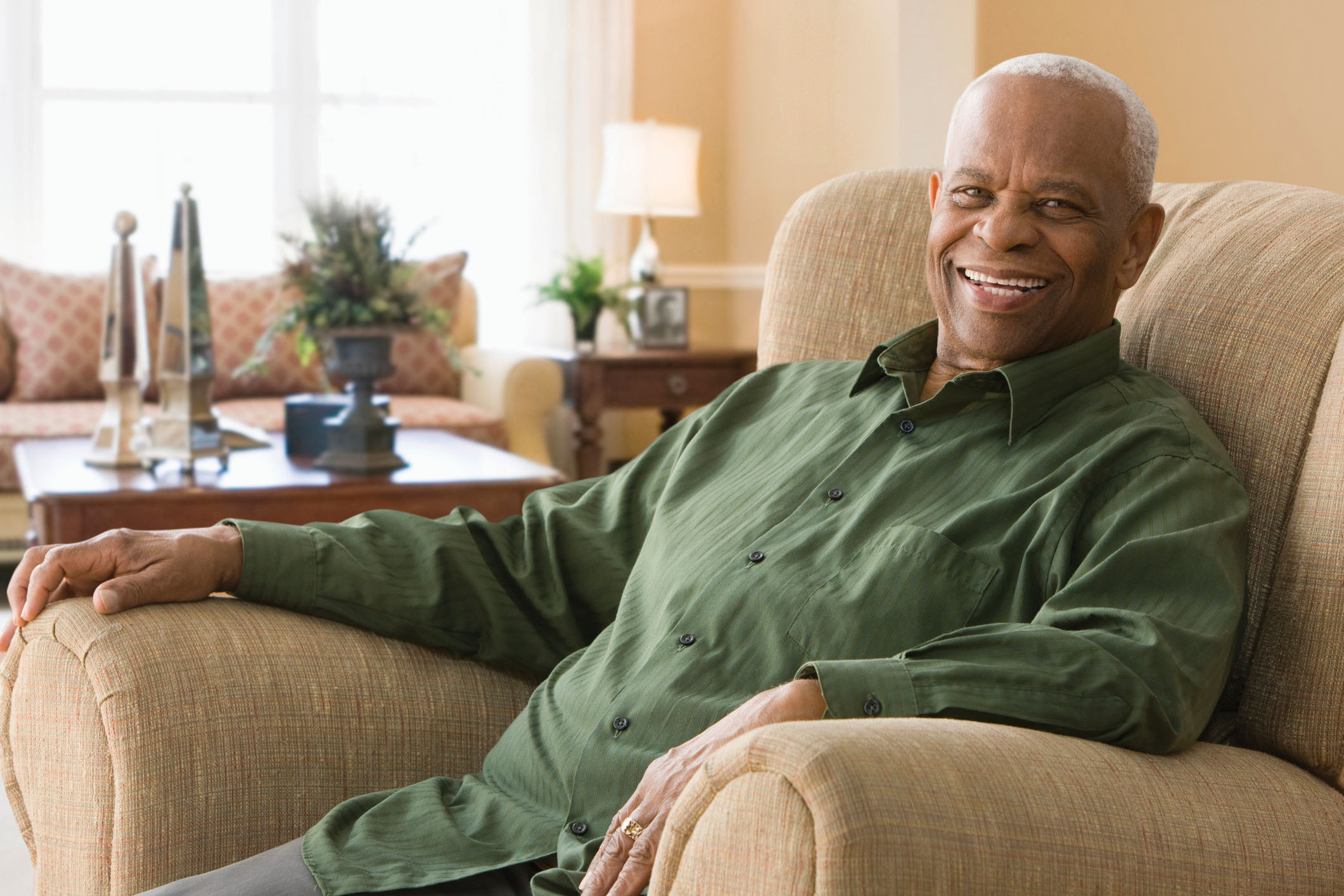Do you fall down when you stand up?
A variety of approaches can help keep you upright when blood pressure takes a sudden dip.
- Reviewed by Anthony L. Komaroff, MD, Editor in Chief, Harvard Health Letter; Editorial Advisory Board Member, Harvard Health Publishing

Blood pressure that drops when you stand — what doctors call orthostatic hypotension — affects nearly one in three older adults. It's also a common cause of falls, according to a scientific statement from the American Heart Association, published online May 19, 2022, by Circulation: Cardiovascular Quality and Outcomes.
"There are serious consequences to orthostatic hypotension. People can fall and fracture their hips and other bones. Some people can't even get out of bed without feeling dizzy or lightheaded and fainting. It can be incapacitating," says Dr. Roy Freeman, a neurologist who specializes in treating orthostatic hypotension at Harvard-affiliated Beth Israel Deaconess Medical Center.
Orthostatic hypotension can be hard to manage. But because of the risks, it's important to do as much as possible to control it.
Orthostatic hypotension causes
When you stand, gravity pulls blood downward, away from your brain and heart. Blood pressure falls, and the body's alarm bells go off. Normally, this triggers automatic reflexes: the brain sends nerve signals that cause the heart to beat faster and blood pressure to rise, restoring normal blood flow to the brain and heart.
Several things can throw off that system. One is aging, which causes sensors monitoring blood pressure to become less responsive: they don't immediately notice the drop in blood pressure.
The bigger contributors can be divided into two categories:
Nerve problems. Several conditions, such as diabetes or Parkinson's disease, can damage the autonomic nerves involved in blood pressure control. If orthostatic hypotension results, it's said to be neurogenic. This type of orthostatic hypotension can be severe and disabling.
Circulation problems. Anything that decreases the amount of fluid in your blood vessels — such as dehydration, a medication, or a heart problem — can cause blood pressure to drop too low when you stand. Usually, this type of orthostatic hypotension is less serious than the kind caused by nerve problems.
What you can do
If the problem reflects fluid loss from a medication, such as an antidepressant or a diuretic, your doctor often can switch you to a different drug. When the underlying problem is neurogenic, such as from long-standing diabetes, your doctor will likely recommend a combination of therapies.
Here are some strategies to help all types of orthostatic hypotension:
Keep up your blood volume. "Drink at least 3 liters of fluid per day, and make sure you're eating 4 to 6 grams of salt per day," Dr. Freeman advises. "This will increase your blood volume." You need to monitor your blood pressure to be sure that this approach doesn't cause high blood pressure at times other than when you're standing up.
Take medication to alleviate light-headedness. A number of drugs may help, such as midodrine (Orvaten, ProAmatine) or droxidopa (Northera), which tighten blood vessels and thereby increase blood pressure. Another option is fludrocortisone (Florinef), which increases sodium in the body so you retain water; that increases blood volume and raises blood pressure.
Avoid hot environments. Warmth can cause the blood vessels to dilate (widen), which can lower blood pressure further when you stand up.
Get up slowly from a sitting or lying position. This will give your body time to restore normal blood flow.
Wear compression stockings. These may be helpful in certain situations — such as when you're standing for long periods — to help promote better circulation. But Dr. Freeman does not recommend using them routinely to avoid orthostatic hypotension.
Sit for 30 minutes after eating. "Eating causes blood vessels to dilate, so be particularly careful about standing up following a meal. For people who have orthostatic hypotension, it helps to eat small, frequent meals," Dr. Freeman says.
Sleep with the bed on a slant. "Many people develop higher blood pressure when they lie down. That causes the kidneys to move fluid from the blood to the urine, leaving blood volume more depleted in the morning," Dr. Freeman explains. Use a specially made wedge under the mattress or blocks under the upper legs of the bed to elevate the head of the bed by around six inches. That way, says Dr. Freeman, you use gravity to keep blood pressure from rising during the night.
Emergency maneuvers
If you feel lightheaded when you rise, sit down as soon as possible. "If you can't, try an emergency maneuver," advises Dr. Freeman. "Make fists and tense the muscles in your arms, legs, buttocks, and abdomen. That will narrow your blood vessels."
Image: © Jose Luis Pelaez Inc/Getty Images
About the Author

Heidi Godman, Executive Editor, Harvard Health Letter
About the Reviewer

Anthony L. Komaroff, MD, Editor in Chief, Harvard Health Letter; Editorial Advisory Board Member, Harvard Health Publishing
Disclaimer:
As a service to our readers, Harvard Health Publishing provides access to our library of archived content. Please note the date of last review or update on all articles.
No content on this site, regardless of date, should ever be used as a substitute for direct medical advice from your doctor or other qualified clinician.
















